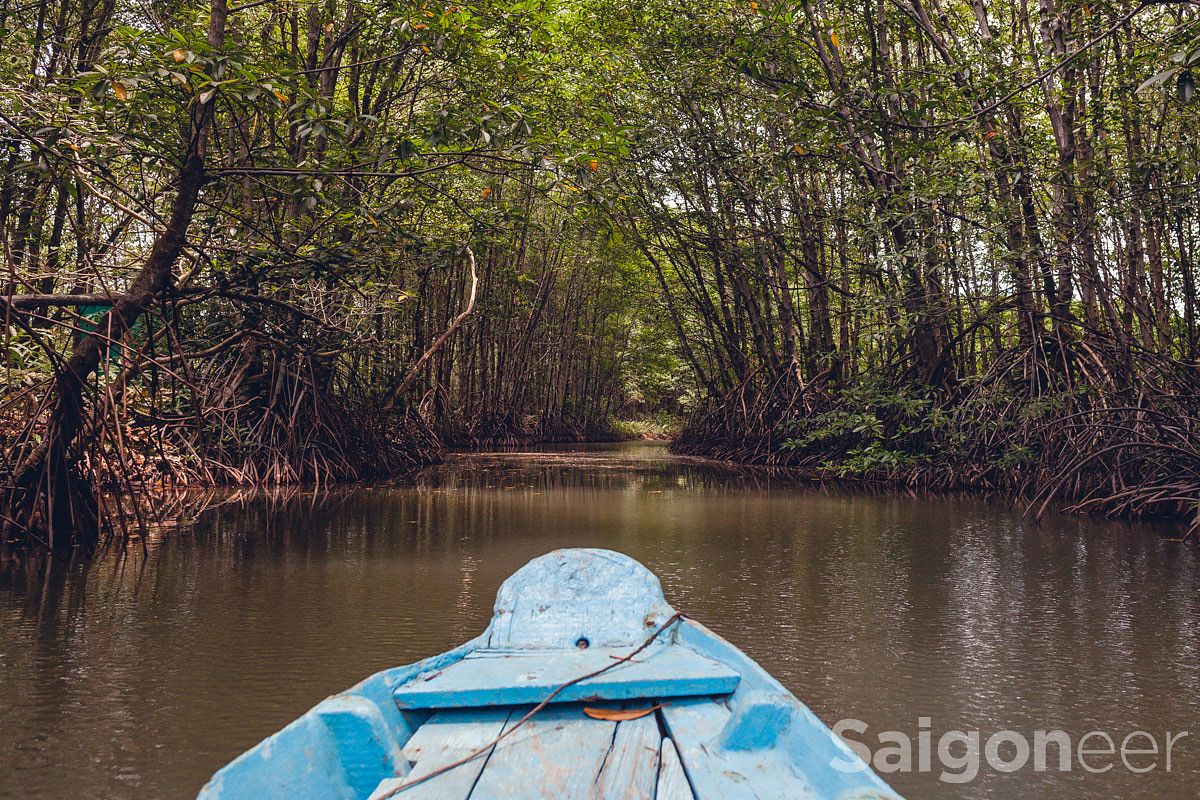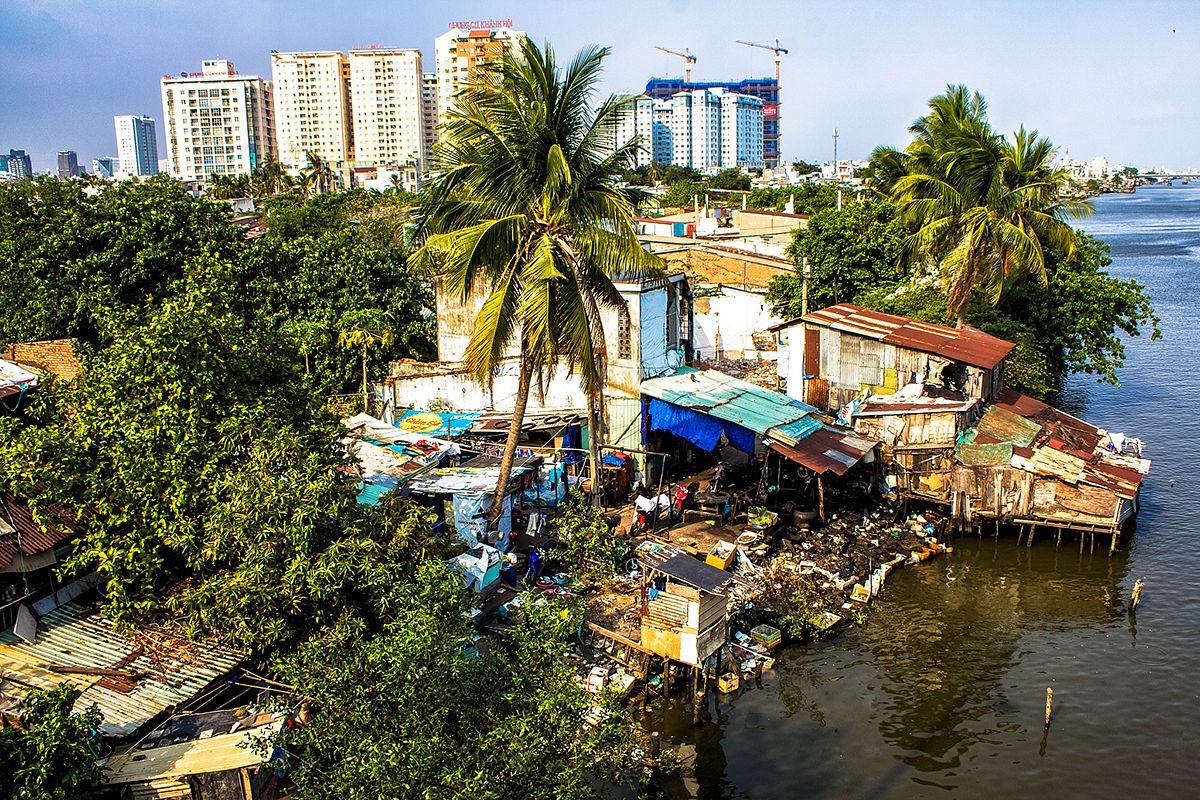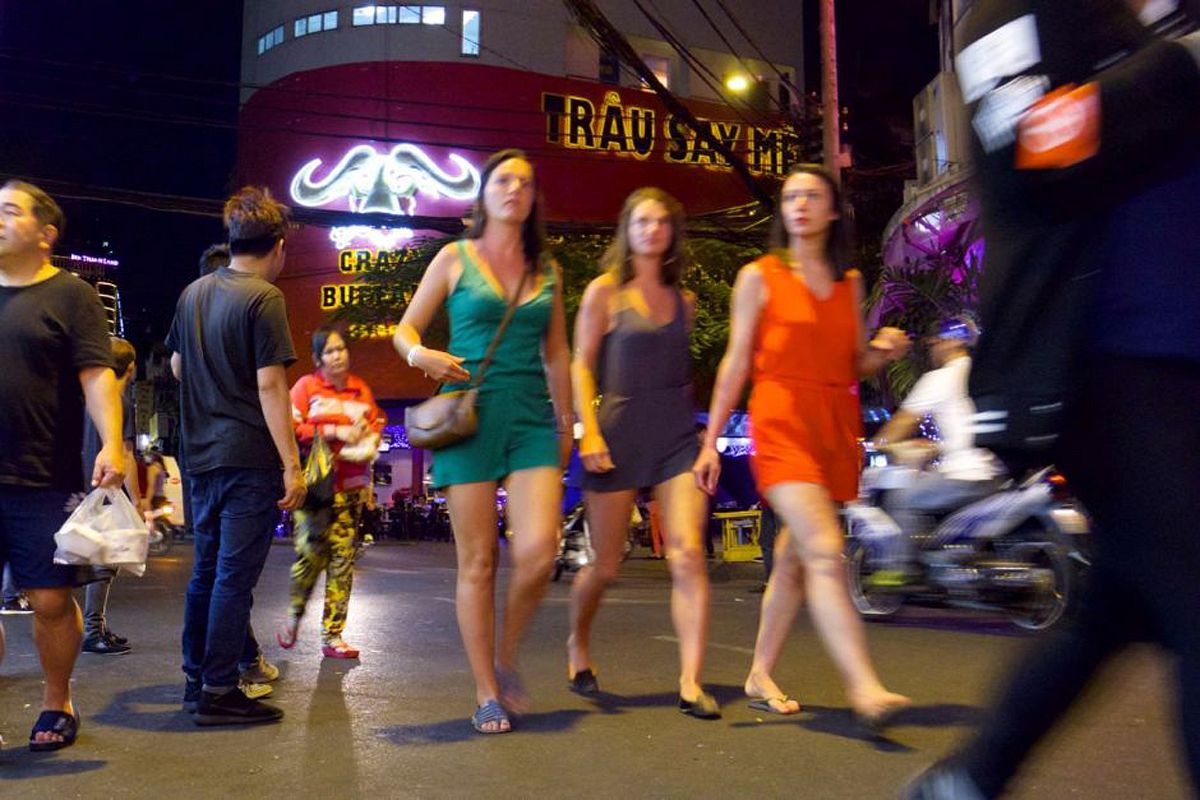Ho Chi Minh City’s Department of Urban Planning and Architecture recently proposed the construction of a golf course in Can Gio District near a UNESCO-recognized world biosphere reserve.
According to VnExpress, the department claims the new 36-hole golf course, set to cover more than 135 hectares, will not affect the biodiversity system of Can Gio, however environmental experts are expressing concern over the possible project.
The golf course is part of a government plan to establish a total of five golf courses in Saigon by 2020. Site clearance is already under way for a new golf course in Binh Chanh District, while a small site in Nha Be District is also being considered for another course. In Vietnam, such development projects have gained momentum due to their high return on investment. For instance, just last month Tran Chi Cuong, deputy director of the tourism department in Da Nang, shared with VnExpress that a growing number of affluent South Korean tourists have chosen Da Nang as a traveling destination because of the city’s golf courses.
However the construction of such venues is not without controversy. Experts have voiced concern over the serious environmental threat posed by Vietnam’s golf courses, which use large quantities of fertilizer, herbicide and pesticide to keep the grass clean and well-manicured.
Saigon’s Tan Son Nhat golf course is an example. Located in a densely populated area, the facility uses 190 tons of pesticide per year, worrying local residents who fear the surrounding ground water will become contaminated.
The proposed golf course in Can Gio raises similar environmental concerns. The Can Gio Biosphere Reserve is home to roughly 200 different species of wildlife and 150 species of flora and houses crucial mangrove forests, which prevent coastal erosion in southern Saigon.
According to VnExpress, there is no word yet on who the potential developers will be.
In order to capitalize on their tourism potential, Vietnam plans to have 96 golf courses by the end of 2020. Nineteen of the courses will be located in the Red River Delta while four will be in the Mekong River Delta.














